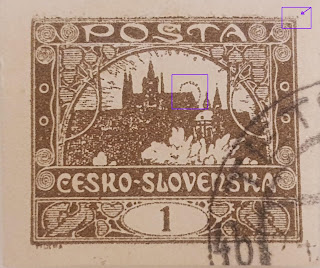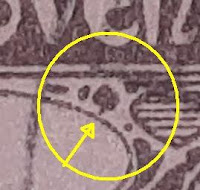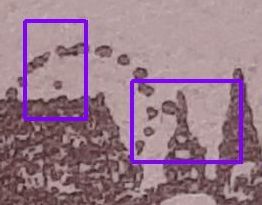It's the most wonderful time of the year...
Now the days are short and the nights are longer, we try to make it cosy at home.
Regardless if you turn your house into a lighthouse or not, lights add to create a nice atmosphere in your home.
So far, there are no stamps available that turn lights on in your house, but there's another option.
It has been a while, but I posted already some stamps with a frangrance.
The stamp(s) I present today fulfill your seasons' wishes.
The stamps were issued by Estonia, in november 2016.
The low value (€ 0.65) shows a bisquit in the shape of a snowflake, topped with ice sugar.
 |
| Estonia 643 - Christmas stamp 2016 |
The high value (€ 1.40) looks like a christmas three, but consists of a pile of figurines, (humans and animals) holding lights.
 |
| Estonia 644 - Christmas stamp 2016 |
The first stamp does not only shows a bisquit, it also smells like one.
It was printed with a fragrance of ginger and cinnamon.
Both stamps are autoadhesive, and to preserve the scent, it is best to keep them in a sealed (transparent) container.
See also my other post on this fragrance :
http://rainbowstampsandcoins.blogspot.com/2013/12/odd-stamps-01e-perfumed-stamps.html



















































